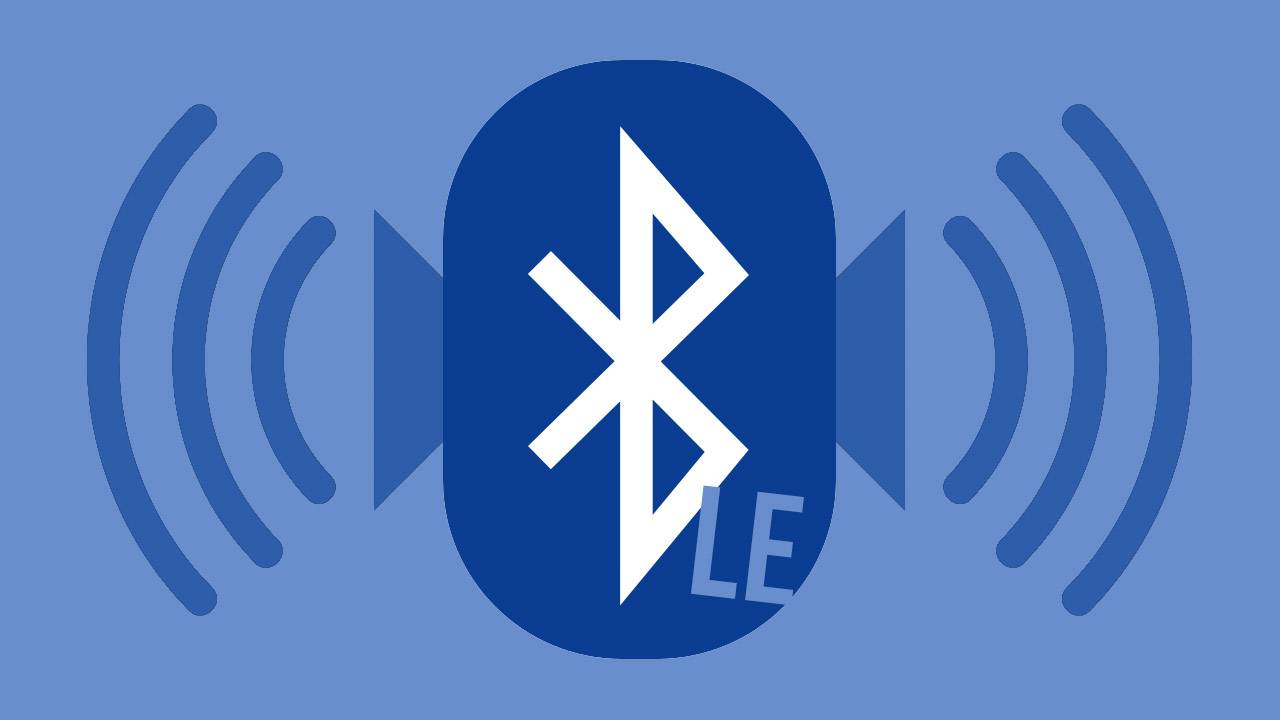Bluetooth Low Energy also referred to as Bluetooth smart is a new technology of Bluetooth protocol that utilizes less power when it is in operation. The power is so little that the device can comfortably operate with a tiny cell for about one year. This technology has greatly enabled one to effectively connect smart appliances, proximity tags, and wearable. Bluetooth Low-Energy is the cheapest and easiest way of designing a wireless functionality that is implemented in the sensor world.

Unlike other Bluetooth, Bluetooth smart is a single-chip solution (system-on-a-chip). Bluetooth smart chip solution comprises both the RF-transceiver & the microcontroller which operates the Bluetooth stack on one chip. Incorporating Bluetooth smart on a system can only be successful by choosing a microcontroller which gives Bluetooth low energy functionality or by utilizing a Bluetooth smart module.
Factors To Consider When Buying A Chipset:
Power Usage: Bluetooth smart devices are powered using the battery; therefore, power usage is crucial
Peripherals: Peripherals that are compatible together are easy to work with and they give out the best performance
RF Performance: The device should be highly sensitive & its output power should give one the best link budget & more range.
Bluetooth Support: The device should be compatible even with higher Bluetooth versions.
Cost: Get the right device that suits your requirements at a lower cost to reduce your production cost.
Components Required:
Components that are required in designing include a Bluetooth Low-Energy microcontroller, a humidity sensor, a motion sensor, and a lithium-polymer battery (3.7V) which is used to power the system. There include two crystal oscillators that are used by Cypress CYBL10X6X. This includes the 24 MHz external crystal-oscillator and the 32.768 kHz watch-crystal oscillator. Cypress-microcontroller comprises of internal, tunable load-capacitors for the 24MHz-crystal. This controller is programmed through a Serial Wire-Debug interface on connector-J1.
Capacitors:
Most of these devices that are used in this design require stable and clean voltage. Power supply capacitors are put close to the power-supply pins on every IC to filter and stabilize the power. Decoupling capacitors give a local-storage reservoir & a lower the efficient impedance at the power-supply traces as viewed by the IC-power pins. Capacitors of X7R-dielectric are enough for being used as power-supply bypass capacitors.
Ferrite-bead should be added when very sensitive components are used e.g. RF microcontroller. This will help in creating a low-pass filter which will suppress high-frequency power noise produced by other sections of this system. This design will utilize 3 ferrite beads i.e. FB1, FB2, & FB3. Every ferrite beads are used on each VDD-supply i.e. digital, analog, & radio which is needed by the microcontroller.
Temperature And Humidity Sensor:
A digital humidity sensor (U3) is added to the controller via an I2C-serial interface. It is used to measure relative moisture with up to 14-bits of resolution within a temperature range of -20-degrees Celsius to 70-degrees Celsius. HDC1080 is also used to give temperature measurement within a range of -40-degrees Celsius to +125-degrees Celsius. Additionally, HDC1080 contains a battery checking circuit that sets the status of a bit when the battery voltage falls below 2.8 V. When setting HDC1080, remember that you shouldn’t be installed near a heat-generating module.
Motion Sensor:
MPU-9250 is a motion sensor that allows one to select in between 2 addresses which includes b1101001 or b1101000. The least-significant bit is set to zero or one by placing the AD0-pin low or high. Bear in mind that, pull-up resistors i.e. R1 & R2 are needed for every one of the two-I2C lines. U2 (motion sensor) comprises a 3-axis gyroscope, a three-axis accelerometer & a three-axis magnetometer. This sensor is used to detect the motion of the system itself; therefore, you shouldn’t confuse it with infrared or ultrasonic sensors that detect the movement of objects which are nearby.
Antenna:
An Antenna is required to connect the client and the peripheral. Some of the BLE modules come with an inbuilt antenna hence you will not be required to have an external module. There are two kinds of BLE antenna. These include PCB-trace and chip antenna. A chip antenna is smaller in size & it has a simplified tuning while the PCB-trace antenna is made into a PCB itself with a decreased unit cost.
Antennas always require to be set for peak results although tuning it is a difficult process that needs some special kind of testing chamber which shields & absorbs all kinds of radio-waves. Important aspects of antenna design must be followed so that the antenna can operate correctly.
Advantages Of Bluetooth Low-Energy Chip:
- It is cheaper compared to the module solution
- Chip solution needs FCC certification
- Chip design needs choosing a suitable antenna
Conclusion:
Bluetooth low energy is a fantastic tech. It is simple and easier to design. Above all the technology uses less power hence more economical. Therefore, when developing or designing a wireless sensor technology, consider BLE technology other than other difficult wireless technologies. The Latest Sony 1000XM4 over-ear headphone enabled BLE technology.




More Stories
Heat Warriors: Difference Between Refractory Bricks and Insulation Bricks
Different Types of Eco-Friendly Fertilizers: An Overview
Online Reputation Management: Building Trust in the Digital Era